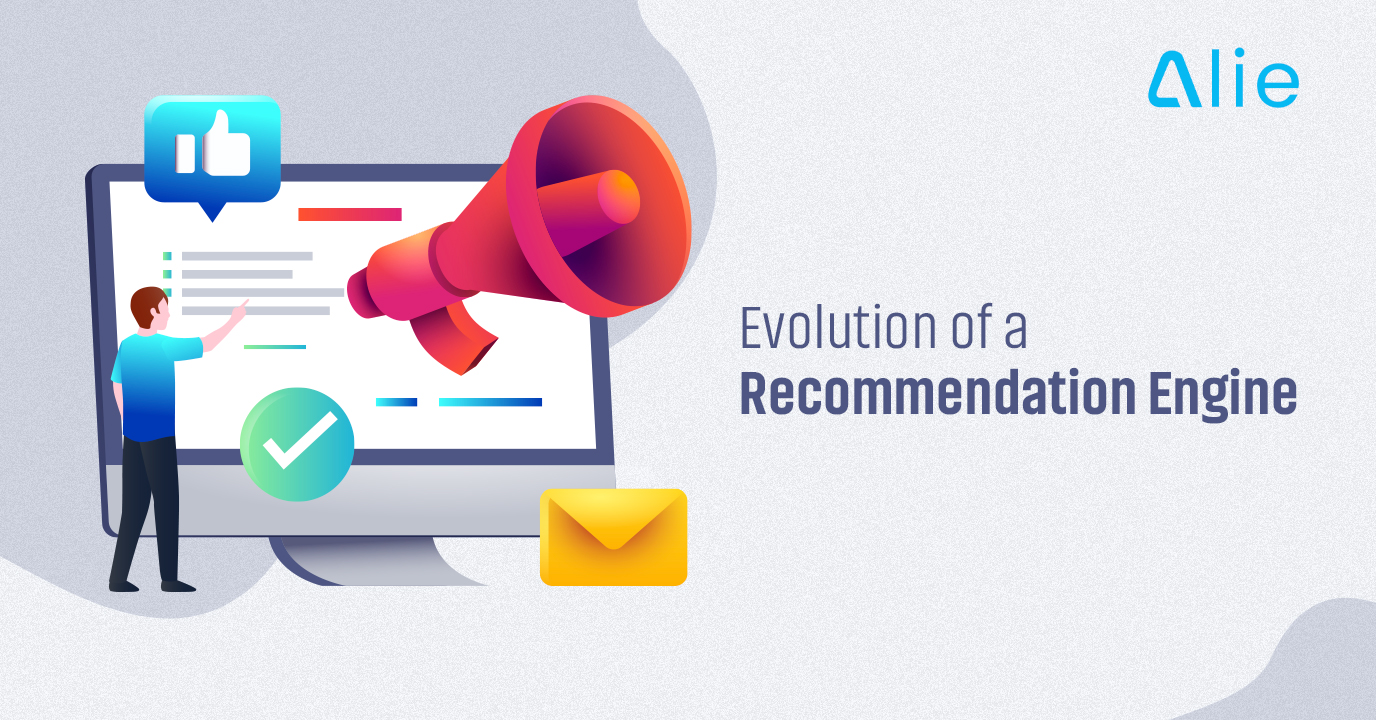It is no secret that the world is a smaller place because of the internet. A person sitting in Iran can order Merchandise from the United States and vice versa. There are infinite numbers of things and data available on the internet. This abundant availability of data and the need to segregate it is what created the demand for Recommendation Engine on a large scale. The primary job of a recommendation engine is to recommend the products that a user potentially needs or wants. Its secondary job is to filter all the data received from any user on the website. Through the use of different algorithms developed over the years, the recommendation engine analyzes the data and recommends products. Let us discuss this in detail.
First Recommendation Engine
The first-ever recommendation engine was made back in 1992 at the Xerox Palo Alto Research Center. It was created as a part of the experimental mail system – Tapestry. The main purpose of this recommendation engine was to allow the users to rate the messages/ documents. Using collaborative filtering, the recommendation engine will then tell the user which was the most read and loved document. This process proved to be efficient and brought great results for Tapestry. After this, it was further developed to perform complex operations such as filtering, retrieval, and browsing e-documents.
The Most Successful Recommendation Engine
The first time Amazon made its name to the top 10 retailers was back in 2012. It came in 10th position with a revenue total of 34.4 billion US dollars. According to an analysis done by McKinsey & Company, 35 percent of Amazon’s total revenue in the year 2012 came from recommendation engines. There is no doubt that the secret sauce to Amazon’s success is its recommendation engine.
What differentiates Amazon’s recommendation engine is that it adapted to the challenges that came along with increasing customers. Instead of focusing on each customer separately and giving recommendations based on their past activities, they started clustering customers with similar choices. In doing so, they figured that the end results are more accurate and their email recommendations are the best way to compel a customer to buy their product.

Different Types of Filtering Used
Content-Based Filtering
Content-based filtering focuses on a single user’s preferences, their likes and dislikes, and the last viewed products. It works best for document-related recommendations, such as on e-news websites or web pages. Here’s an example of how content-based filtering works –

Collaborative Filtering
Collaborative filtering focuses on analyzing a group of people’s preferences. It works best for businesses that have complex data which cannot be described by metadata smoothly. The movies and music industry are a few examples where collaborative filtering works in the best way. Here’s an example of how collaborative filtering works –

Hybrid Filtering
A Hybrid filtering-based recommendation engine follows both the above filtering techniques and focuses on giving what a user might need instead of want. The main idea behind using this model is to provide more accurate and best recommendations for the users. Here’s an example of how Hybrid Filtering works –

The Three Generation of Recommendation Engine

How to choose the best recommendation Engine
Choosing the best recommendation engine for your business can be quite challenging. However, there are a few questions that you should keep in mind –
Why does your business need a recommendation engine?
It is important to understand your business and what you want any recommendation engine to do. If you have a loyal audience with limited number, you can easily opt for content-based filtering. However, if there is some complexity in data, then you can opt for either collaborative or hybrid filtering.
Will there be a need to scale it in the future?
This is one of the most important things to consider before you decide to buy or build a recommendation engine. If you know that in the coming months or years, you will aim to expand your business, then it is necessary to get a recommendation engine that can adapt to it.
Try the free trial before you buy any recommendation engine.
If you want to buy a recommendation engine, then you must take a free trial from each company. You should believe in what you see. Taking the free trial will also help you in judging whether this recommendation suits your business or not.
Wrapping Up
Looking at the success of Amazon and Netflix, it is evident that the recommendation engine has the power to increase sales by a huge number. So, you must be vigilant while picking the right product for your business.






















Add your comment